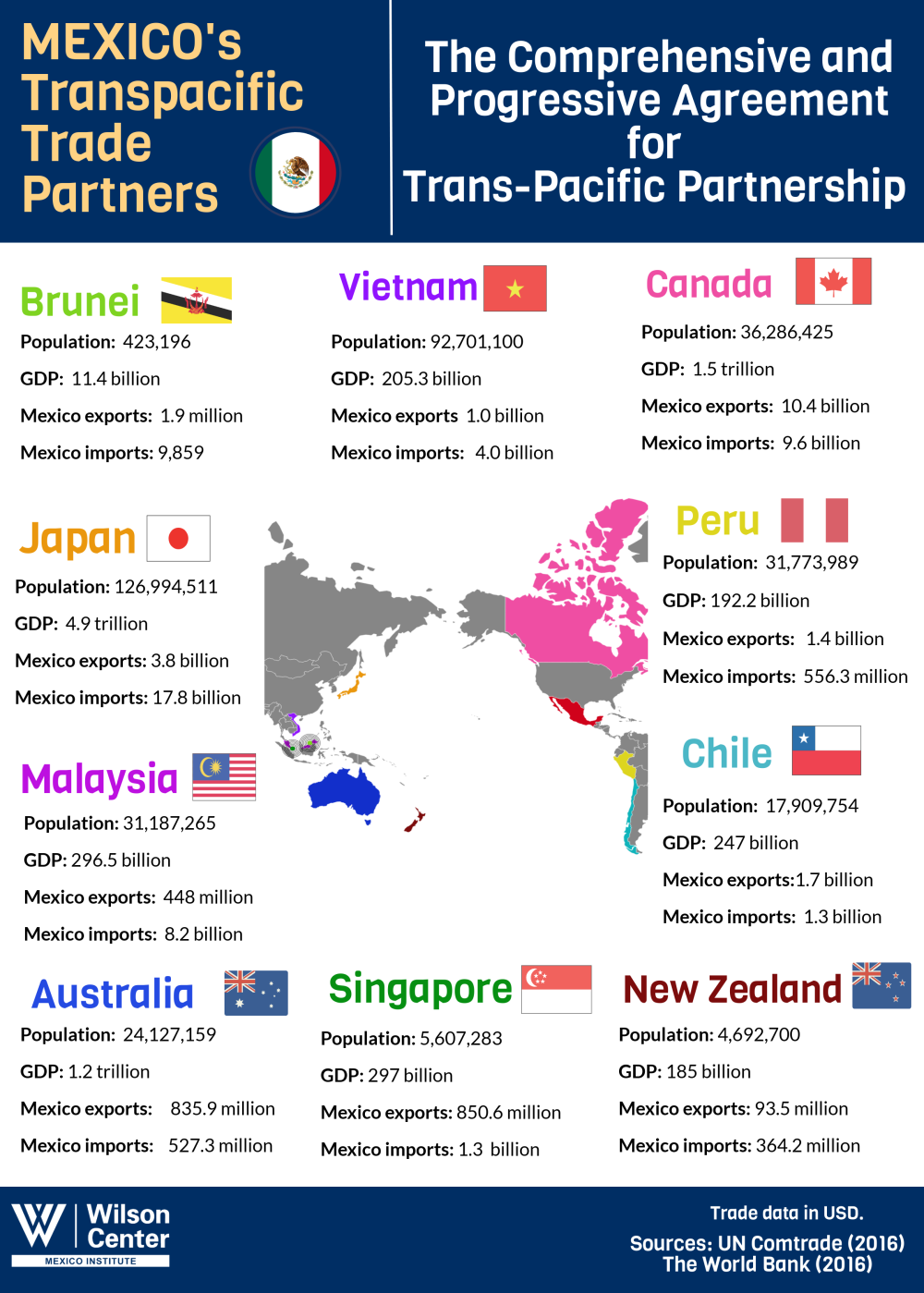U.S.-China Relations: A Breakdown And The Looming Cold War

Table of Contents
Historical Context of U.S.-China Relations
From Ping Pong Diplomacy to Trade Wars
The evolution of U.S.-China relations has been a rollercoaster ride, shifting from initial cautious engagement to today's heightened rivalry. The "Ping Pong Diplomacy" of the early 1970s marked a significant thaw in relations, paving the way for the establishment of formal diplomatic ties in 1979. However, this period of détente was punctuated by moments of tension, such as the Tiananmen Square protests of 1989.
- Establishment of diplomatic relations (1979): A landmark event signifying a shift towards normalized relations, though underlying tensions persisted.
- China's economic rise and its impact on global trade: China's rapid economic growth transformed its role in the global economy, leading to both cooperation and competition with the U.S.
- Key moments of cooperation and conflict: While periods of cooperation existed (e.g., China's accession to the World Trade Organization), significant conflicts emerged, including disputes over trade practices and human rights.
- The rise of trade disputes and the trade war under the Trump administration: The escalating trade war initiated in 2018 marked a significant turning point, highlighting the growing economic rivalry between the two superpowers.
Key Areas of Conflict in U.S.-China Relations
Trade and Economic Competition
The economic competition between the U.S. and China is multifaceted and intense. Trade imbalances, concerns over intellectual property theft, and aggressive Chinese state-sponsored industrial policies have fueled tensions.
- Tariffs and trade imbalances: Imposed tariffs have disrupted global supply chains and impacted businesses on both sides.
- Concerns over Chinese state-sponsored industrial policies: Policies aimed at achieving technological dominance have raised concerns about unfair competition.
- Competition in key technological sectors (5G, AI, semiconductors): The struggle for leadership in cutting-edge technologies like 5G and artificial intelligence is a major source of conflict.
- The impact on global supply chains: The trade war has exposed the vulnerabilities of global supply chains, prompting calls for diversification and "decoupling."
Geopolitical Rivalry and Military Buildup
Beyond economics, geopolitical rivalry is a central aspect of U.S.-China relations. Competition for influence in strategically important regions is fueling military buildup and raising concerns about regional stability.
- Military modernization in China: China's rapid military modernization, including its expansion of naval capabilities, is a major source of concern for the U.S. and its allies.
- Disputes over territorial claims in the South China Sea: China's assertive claims in the South China Sea have led to increased tensions with neighboring countries and the U.S.
- Concerns about China's growing military power and its implications for regional stability: The expansion of China's military power raises questions about its intentions and potential for regional conflict.
- The Taiwan issue and potential for conflict: The status of Taiwan remains a significant flashpoint, with the potential for military confrontation.
Ideological Differences and Human Rights
Fundamental differences in political systems and values further complicate U.S.-China relations. Human rights concerns in China, particularly regarding Xinjiang, Hong Kong, and Tibet, are major points of contention.
- Concerns regarding human rights abuses in China: Allegations of human rights abuses, including the treatment of Uyghurs in Xinjiang, have led to international condemnation and sanctions.
- Differences in political systems and ideologies: The contrasting political systems – democracy versus authoritarianism – create significant ideological barriers.
- The role of human rights in shaping U.S.-China relations: Human rights issues increasingly shape the overall relationship, influencing diplomatic interactions and trade policies.
- Impact on international organizations and alliances: Disagreements on human rights affect cooperation within international organizations and the formation of alliances.
The Looming Cold War Scenario
Parallels and Differences with the Original Cold War
The current state of U.S.-China relations shares some similarities with the Cold War between the U.S. and the Soviet Union, but also features crucial differences.
- Ideological competition versus economic competition: While the original Cold War was largely driven by ideological conflict, the current rivalry features a strong economic component.
- Nuclear proliferation and the risk of escalation: Both periods involve the risk of military escalation, although the nature of the threat differs.
- The role of alliances and international organizations: Both periods see the formation of alliances and the impact on international institutions, albeit with significant variations.
- The complexities of globalization and interconnected economies: Globalization creates unique challenges and opportunities, making decoupling more difficult than during the Cold War.
Potential Consequences of a New Cold War
A further deterioration in U.S.-China relations could have severe economic, political, and security consequences.
- Impact on global trade and economic growth: A prolonged period of tension could significantly disrupt global trade and economic growth.
- Increased military spending and risk of conflict: The risk of military conflict, including accidental escalation, would increase dramatically.
- Fragmentation of the international order: A new Cold War could lead to the fragmentation of the international order, with the formation of competing blocs.
- Potential for technological decoupling: The decoupling of technological spheres would have far-reaching consequences for innovation and economic development.
Conclusion
U.S.-China relations are at a critical juncture. The escalating tensions, encompassing trade wars, geopolitical competition, and ideological differences, paint a concerning picture. The potential for a new Cold War, while not inevitable, is a real and significant risk. Understanding the complexities of this relationship, encompassing its historical context and the various points of conflict, is paramount.
Key Takeaways: The multifaceted nature of U.S.-China relations necessitates a nuanced understanding of the economic, geopolitical, and ideological factors at play. The potential consequences of a new Cold War are severe, underscoring the urgency of finding pathways to de-escalation and cooperation.
Call to Action: Stay informed about the latest developments in U.S.-China relations and engage in constructive dialogue and critical thinking about this crucial geopolitical issue. Contributing to a more nuanced understanding of this complex and critical relationship is essential to mitigate the risk of a new Cold War and work towards a more stable and cooperative future.

Featured Posts
-
 After Easter Truce Russias Renewed Assault On Ukraine
Apr 22, 2025
After Easter Truce Russias Renewed Assault On Ukraine
Apr 22, 2025 -
 The Impact Of Over The Counter Birth Control On Reproductive Rights
Apr 22, 2025
The Impact Of Over The Counter Birth Control On Reproductive Rights
Apr 22, 2025 -
 Blue Origin Launch Cancelled Vehicle Subsystem Issue Delays Mission
Apr 22, 2025
Blue Origin Launch Cancelled Vehicle Subsystem Issue Delays Mission
Apr 22, 2025 -
 Aramco And Byd Explore Ev Technology Partnership Implications For The Global Automotive Industry
Apr 22, 2025
Aramco And Byd Explore Ev Technology Partnership Implications For The Global Automotive Industry
Apr 22, 2025 -
 Canadas Largest Bread Price Fixing Settlement Nears 500 Million Hearing In May
Apr 22, 2025
Canadas Largest Bread Price Fixing Settlement Nears 500 Million Hearing In May
Apr 22, 2025
